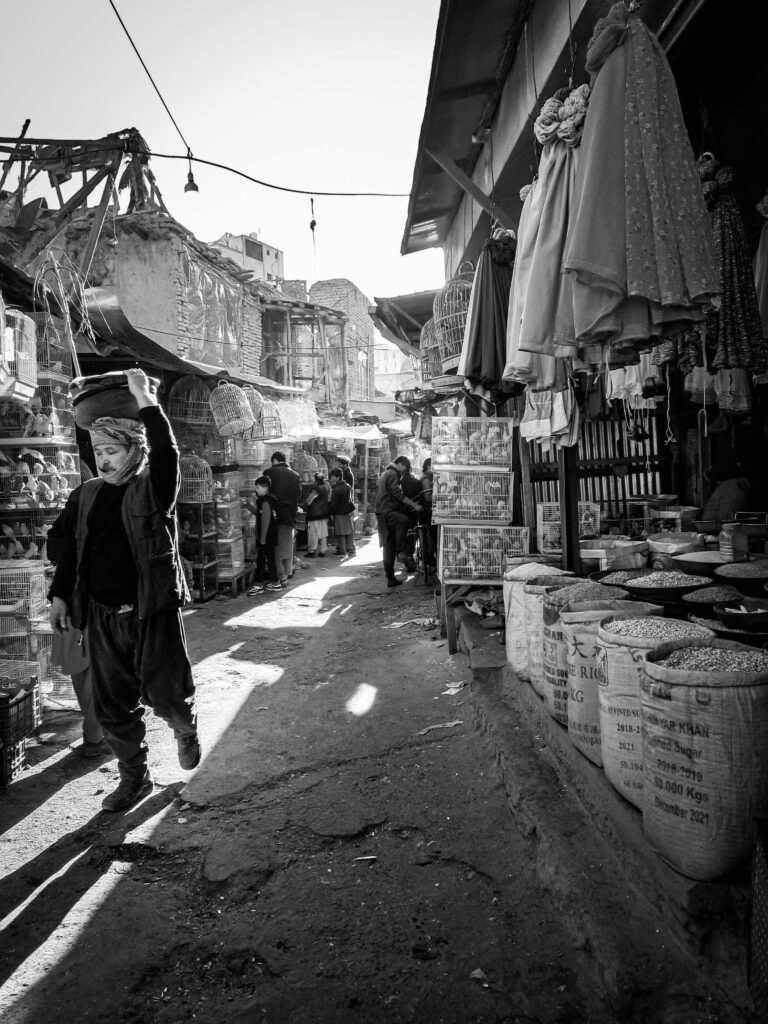How Social Ties Compensate Housing Integration Barriers for Afghan Refugees in Vienna
This article presents findings from a recent (2017–2018) qualitative survey on integrating Afghan refugees in Vienna. Vienna is by far the largest city in Austria with a diversified labor and housing market and a multi-faceted (migrant) economy. It doubtlessly is the most attractive ‘arrival city’ in Austria. Moreover, Vienna has received the bulk of refugees during the so-called ‘refugee crisis’ of 2015–2016 and before. The analysis will focus on Ager and Strang’s (2008) argument, which characterizes housing as a core domain in integration. Housing constitutes a potential means of supporting integration into domains other than the labor market.
In the process of housing integration, researchers (Aigner, 2018; Borevi & Bengtsson, 2015) have emphasized the relevance of refugees’ social ties with family and co-ethnic groups, whereas the importance of inter-ethnic networking with members of the receiving society remains insufficiently explored. Most of the 65 interviewees emphasized the importance of refugees’ social ties for their efforts toward structural integration. This analysis therefore aims to describe Afghans’ challenging access paths into the local housing market and the outstanding compensatory relevance of social ties in this process. Thus, we can identify special constraints (e.g., ‘Afghanophobia,’ exploitative conditions) and coping strategies of this under-researched ‘newcomer’ group of refugees in Austria.

Also Read: Factors affecting housing prices in metropolitan regions: The case of Tehran, 2021
